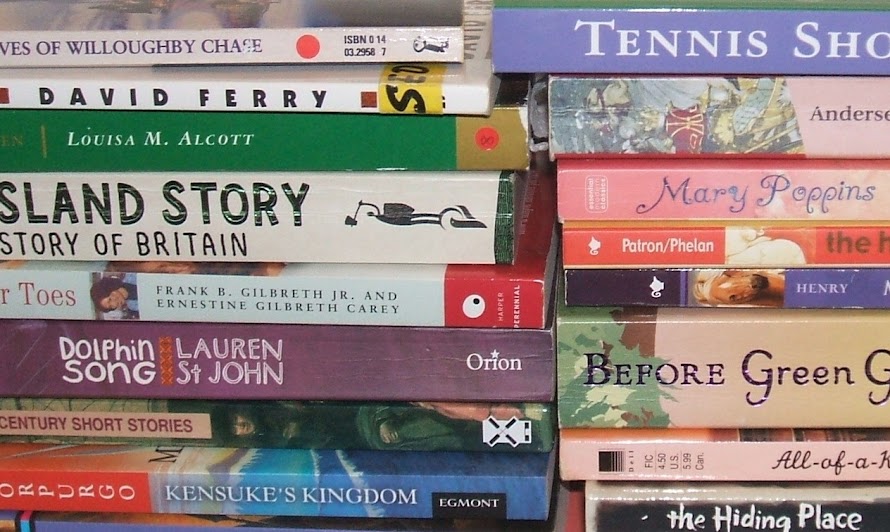The 21 Balloons was written and illustrated by William Pene Du Bois and is definitely a classic. It's about the travels of an old professor and is a great example of a book not to judge by its cover, especially in some editions when it can look a bit 'childish.' When I discovered The 21 Balloons on my shelf my immediate reaction was to ask whether it belonged to one of my younger siblings before moving it to the back of my shelf. This was so I could escape reading what I thought was going to be a 'baby-book.' It turned out I was completely wrong. I read this book when I was 12 and thoroughly enjoyed it. However I think its probably best read at 9-12 years old or as a read aloud. I'd definitely advise you to read it sooner rather than later though so that you can fully appreciate the wonderful inventions and adventures that William Pene Du Bois creates for his characters to experience.
The 21 Balloons starts with a comparison of the two types of journey people can take: one that aims to reach a place in the shortest possible amount of time and the other that aims to take in the beauty of travelling with no regard for how long it'll take to get to your destination. William Waterman Sherman is the kind of man who doesn't care about the length of time it takes him, he just wants some peace and quiet, away from other people after being a teacher for many years. The first few chapters of The 21 Balloons are full of descriptions that build up for the rest of the book. It helps me personally to sympathise better with the main character William Waterman Sherman and understand his responses to different situations. Part of the beauty of this book is the wonderful language and ideas William Pene Du Bois uses to describe things. There are many books that begin similarly to The 21 Balloons and have 'intro's' where the author describes the main character and where they live so that when you read the book you can understand them fully.
My favourite character in The 21 Balloon is probably the Professor, or William Waterman Sherman as he is also called. I love how different he is from everyone else in his home town and how willing he is to try new things. One thing I find particularly interesting about the Professor name is his name. Most of it actually comes from the full name of the author, William Pène Sherman du Bois. The whole book is about William Waterman Sherman's adventures and how he leaves his home in San Francisco in one giant hot-air balloon before being found floating in the North Atlantic surrounded by 20 giant balloons. After several days rest and recovery the Professor relates how he ended up in the North Atlantic with 20, instead of just one, balloon. Hence the title 21 Balloons. Another thing I really like about the Professor is his thoughtful way of doing things. When preparing his hot air balloon he carefully considers what things are necessary and how to make all his belongings lightweight so that the balloon will rise. For example his mattress was a balloon so that when it was day time it would float to the ceiling instead of taking up space on the floor. The only slightly unrealistic item on the Professor's balloon was the bamboo book case full of books. It does add to the Professor's characters however because it shows that he enjoys reading and learning.
As a brief conclusion The 21 Balloons is an amazing book. Full of all the kind of adventures and inventions children dream of when they are younger. It's one of those great books you can read again and again when you're older and still enjoy. Finally, remember not to judge this book by its cover! Pick it up and you will experience the wonderful adventures of William Waterman Sherman.
Off The Shelf Radio- The 21 Balloons


